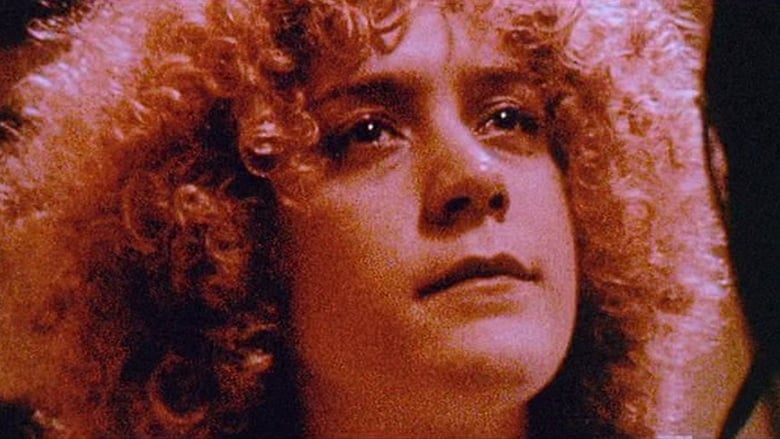
and with this aid the several letters may be traced with the naked eye. The accuracy of the inscriptions is much assisted by the stillness of the eye, on its being directed upwards, as to an object on the ceiling of the room, &c. (7) At first sight of the child the letters appear like rays, which render the eyes very vivacious and sparkling. This, and the motion of the eye, renders the whole inscription a little indistinct but such parts as NAP and other separate letters are tolerably obvious, without the slightest aid from the imagination of the beholder. The colour of the letters is almost white, but shot through, like what is called silk, by the blue of the crystalline humour. He billed it as “the most elegant and splendid establishment in London, having constantly on sale a brilliant assortment of fashionable articles of every description at the very lowest prices.” (6) It also showed dioramas. The Bazaar had opened just a few months earlier, under the proprietorship of silversmith Thomas Hamlet. (5) By August, the girl with Napoleon in her eyes was on display for a fee at the on Oxford Street. The Marchioness of Downshire is to show the child to the King before the public can see her the parents have letters to all the chief medical men in London, and to his Royal Highness the Duke of Sussex, who had been previously made acquainted with this most surprising phenomenon. Thus, in July 1828, Josephine’s parents took her on a steamship to London. More simply, newspapers reported that “the mother of the child lost a favourite brother during the late war, who, on his departure for the army, gave her a franc-piece as a keepsake, which piece she used to be continually looking at when pregnant with this present child.” (4) Exhibit at the Royal Bazaar What the Countess did get right is that the government of would not allow the little girl to be exhibited in Paris.

Thereafter, Sykes paid Gilbert a guinea a day, usually in weekly amounts of 7 guineas.

The others cried out, “No bet, no bet.” Observing the general displeasure, Gilbert said to Sykes, “If you will ask me as a favour, I will let you off.” Sykes replied “that he would not ask any favour or make any concessions at his own table, or in his own house.” His lawyer later explained that Sykes “felt that he could not lay himself under a pecuniary obligation to a person who had entrapped him in consequence of a hasty expression.” (2) On Monday, May 31, Robert Gilbert paid Mark Masterman Sykes 100 guineas. Reverend Robert Gilbert, Rector of the local parish of Settrington, immediately said, “Will you, Sir Mark? I’ll take you – done!” Sykes appeared surprised and somewhat displeased that the offer was so hastily accepted. Sykes said he considered Napoleon’s life to be in such great danger that if anyone would give him 100 (equivalent to 105 pounds sterling), he would pay them one guinea per day for the rest of Napoleon’s life.


 0 kommentar(er)
0 kommentar(er)
